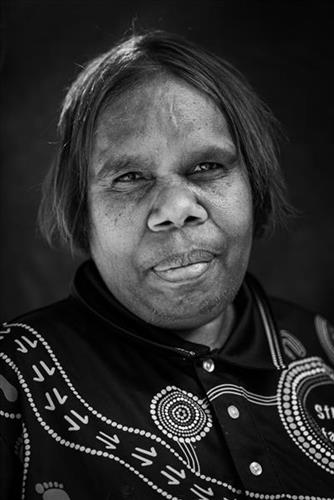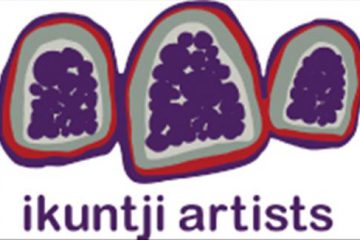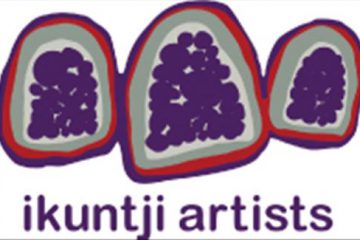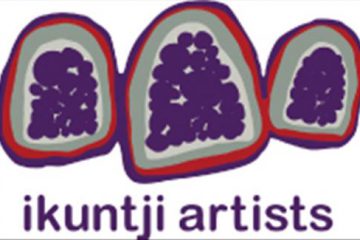220282375726
Akatjiri – Bush Sultana
“Akatjiri is not always in season. Only after they make a big bush fire and it rains, afterward there’s more akatjiri plant, people go hunting and collect it. I do akatjiri painting because it is my favourite to eat. When it’s brown and dry it’s like a sultana, when it’s there in a tree it’s yellow and tastes like a cherry tomato. When it’s green you can’t eat it. When you eat lots of akatjiri that means cleaning the stomach, good for the stomach. I done this painting about akatjiri around my Grandmother’s Country in Watiyawanu (Mount Leibig area). Her name was Ngatawina Ruby Nangala.” – Joyce Dixon




